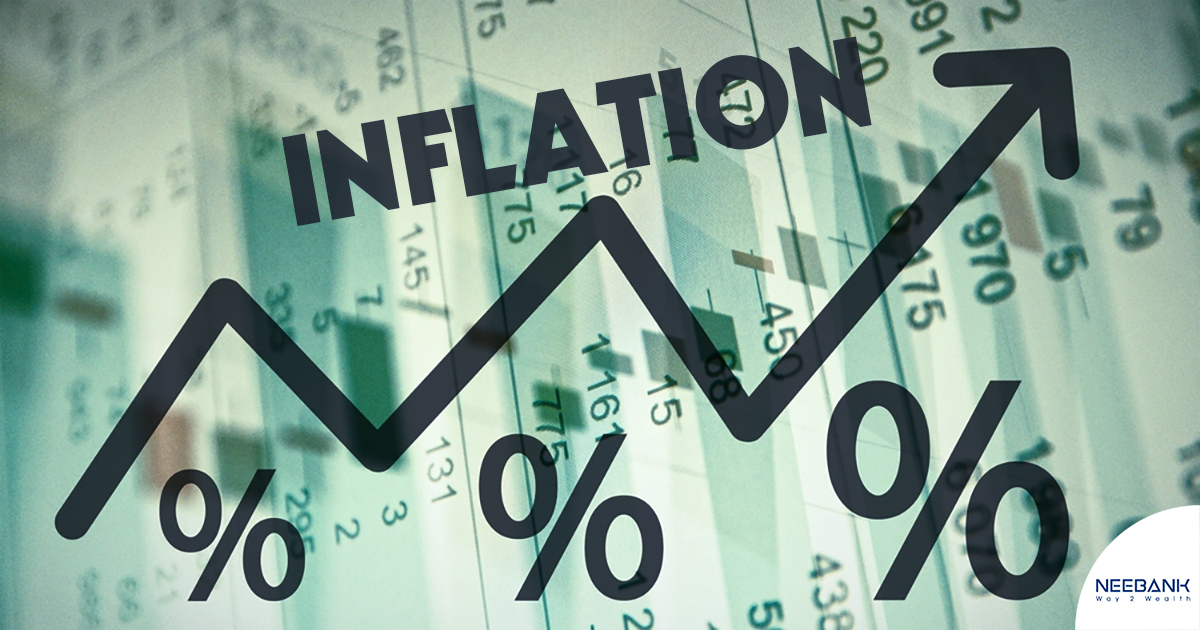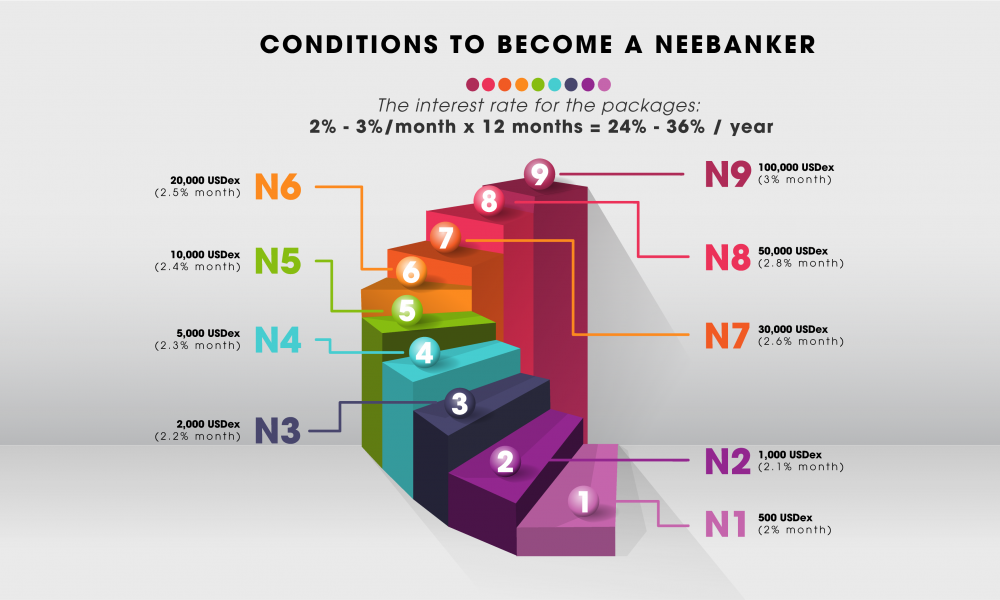
Is Money 4.0 a hedge against inflation?
Are rising inflation rates a cause for concern for investors, and is Money 4.0 a possible hedge against inflation? As the economy recovers from the pandemic, economists are expecting higher inflation rates than in previous years. Inflation forecasts have already caused increased volatility in the markets and uncertainty is also visible among investors: In a survey of fund managers published by the Bank of America in March, inflation emerged as the number one extreme risk.
Are these fears of high price increases justified? The European Central Bank expects an inflation rate of 1.5% this year – 0.5% more than previously assumed. In some months, inflation could even reach 2%.
In Austria, the Austrian National Bank estimates an increase of 1.4% in 2021 and 1.7% for each of the two subsequent years. The International Monetary Fund even anticipates inflation rates of 2% for 2023 to 2025. The situation is similar in Germany, where economic experts expect an inflation rate of 2.1% for 2021 and 1.9% for next year. In the USA, the Federal Reserve even expects an inflation rate of 2.4% for 2021. In addition, there are numerous other calculations that predict rates of more than 3%.
The latest forecast by the US Federal Reserve caused a short-term rise in the price of gold in March, as this precious metal is considered a popular means of hedging against inflation. As Money 4.0 is increasingly being compared to gold as an investment, many investors are currently asking themselves, given the expected inflation, whether now is the right time to counteract currency devaluation with Money 4.0.
In any event, gold cannot keep up with Bitcoin’s price increase of almost 900% over the past twelve months. Even though the precious metal recorded double-digit growth rates in the first months of the pandemic, demand for gold is at a low level in view of the inflation forecasts. Opinions are divided on whether Bitcoin and other Money 4.0 are actually suitable as inflation hedges. Some analysts and banks see no comparison to precious metals when it comes to value protection. Others believe that the Money 4.0 price could rise in parallel with inflation, but that these developments do not depend on one another.
As a young, digital asset, Money 4.0 lacks long-term monitoring of price trends in relation to inflation, as is the case with gold and other assets. Money 4.0 advocates see the currency as resistant to devaluation compared to traditional currencies. This is because while money can theoretically be “printed” infinitely, the total number of bitcoins is limited to 21 million.
Looking at the development of gold and Money 4.0, the past year has probably changed some of the rules. This also makes it difficult to make a definitive statement about inflation hedging. One could also look at the long-term establishment of Money 4.0 as an asset from other angles: More and more institutional investors are including the digital currency in their portfolios – and in considerable quantities. According to current information, Grayscale Ventures is reported to have around 700,000 bitcoins in its Bitcoin Trust, which would correspond to 3.5% of the total amount. However, it is not only investment funds, but also corporations that are buying Money 4.0, thus reinforcing the long-term nature of this young asset class.
 Why Should Businesses Accept Money 4.0 Now?
Why Should Businesses Accept Money 4.0 Now?





